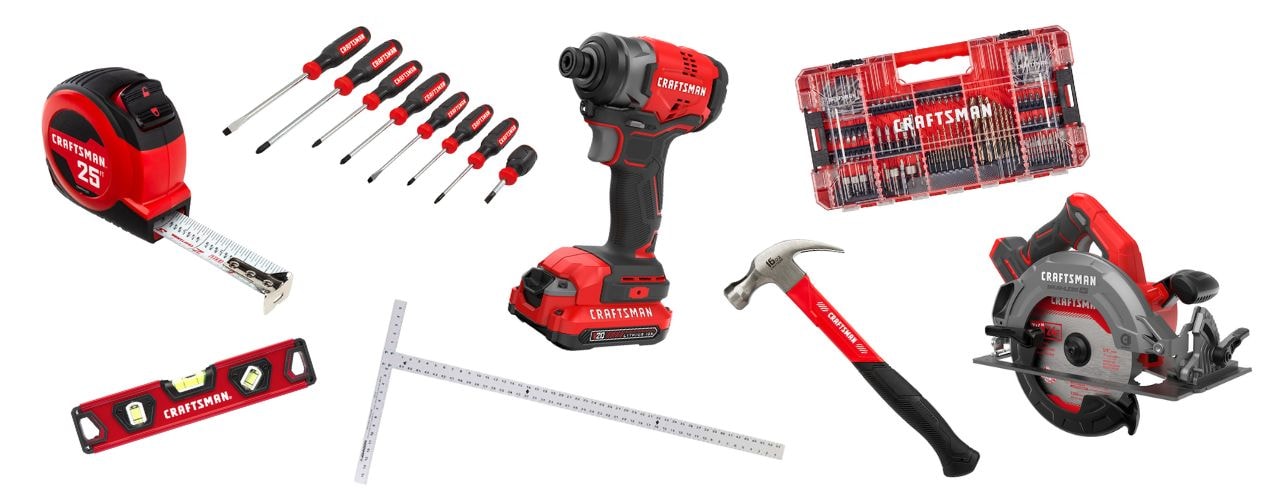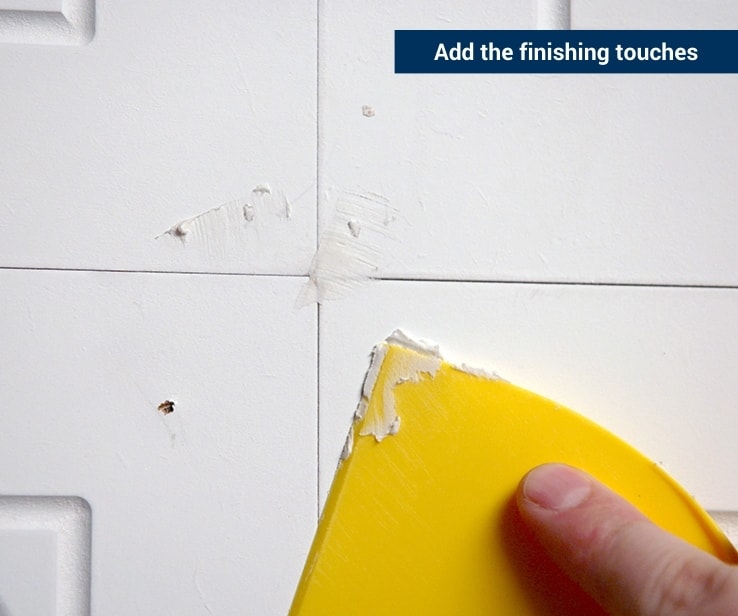Pierre-Olivier Cantin
avantagerenoconcept.ca
General contractor Pierre-Olivier Cantin (also known as POC!) is the president and founder of Avantage Réno-Concept. Backed by over 15
years of experience in renovation, Pierre-Olivier is committed to creating living spaces that are adapted to his customers’ needs. The
former actor sees Le grand chantier RONA as the perfect opportunity to combine his two passions: acting and home improvement.

















